Sundance Film Festival: Kid scientists are double the fun in ‘Science Fair’ and ‘Inventing Tomorrow’
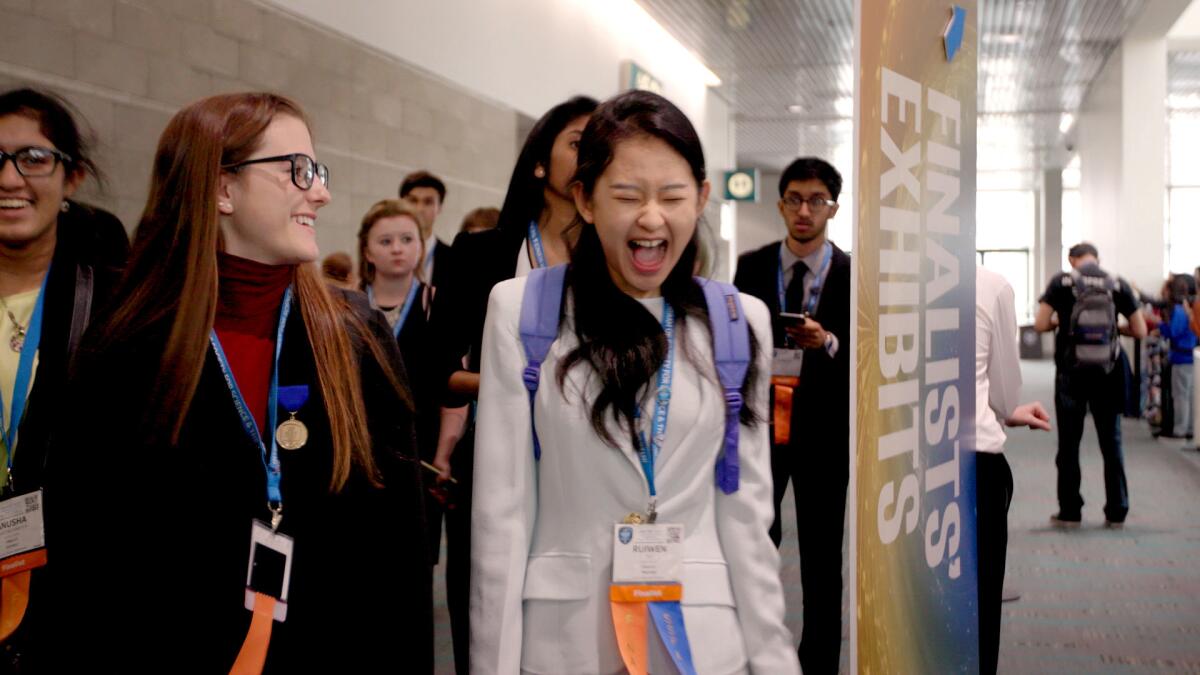
- Share via
Reporting from PARK CITY, Utah — The Sundance Film Festival is picky, and it can afford to be.
Out of the 3,901 feature-length films submitted this year, only 110 were selected. So the odds that two documentaries that focus on the same event in the same year would both be chosen are too astronomical to calculate.
Except this year, maybe for the first time ever, it happened.
Both “Inventing Tomorrow,” directed by Laura Nix in the U.S. documentary competition, and “Science Fair,” co-directed by Cristina Costantini and Darren Foster in the kids section, take viewers to the 2017 Los Angeles edition of the Intel International Science and Engineering Fair, familiarly known as ISEF.
Considered “the Olympics of science fairs,” ISEF attracts some 1,800 high school student finalists from more than 75 countries, all competing for prizes that can be life-changing.
Both documentaries select a handful of contestants from around the world, follow them to Los Angeles (often the first time these kids have been away from home) and let us know how they’ve done.
So why are they both at this year’s festival?
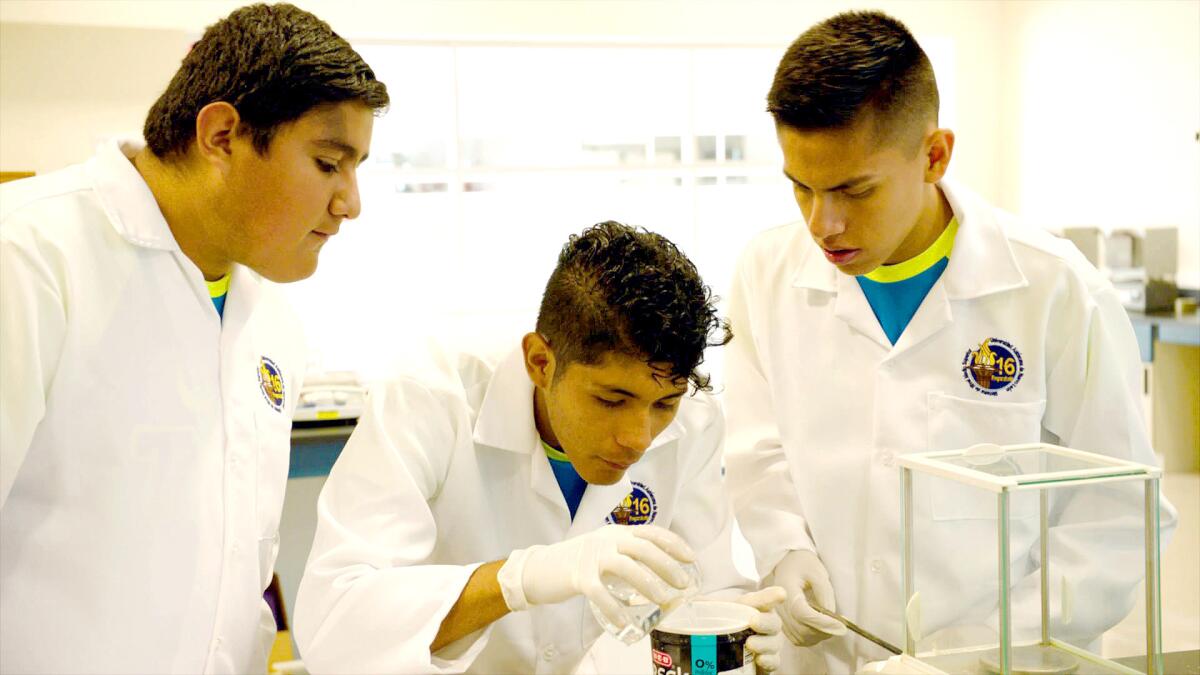
Like the best of scientific theories, the answer is simple and complex. Both “Inventing Tomorrow” and “Science Fair” are wonderful films, inspirational and invigorating, and the young scientists they follow (different kids in each film) have a passion and enthusiasm that’s a tonic to the soul.
“We honestly fell in love with both films and the special qualities of each. We didn’t want to exclude either one,” says Caroline Libresco, Sundance’s director of special projects and senior programmer, who admits the festival was “totally surprised” at the subject duplication.
It’s the nature of the Sundance selection process, Libresco explains, that each film is presented on its own: “It has to sink or swim on its own merits. We didn’t discuss these films in relation to each other until the very, very end.”
Though each was aware of the other’s film, the parallel directors did not meet and have not seen each other’s work. But they don’t feel competitive and they’re happy to see science paid attention to in the current climate.
“It’s not like ‘West Side Story’ or anything, there’s no showdown on [Park City’s] Main Street,” jokes Foster, with co-director Costantini adding, “We’re literally shocked to be here, so anything from here on is gravy.”
When something’s in the zeitgeist, you have to expect multiple films about it. Science is in the zeitgeist now, [and] it needs to be supported.
— Director Laura Nix
“When something’s in the zeitgeist, you have to expect multiple films about it,” notes Nix. “Science is in the zeitgeist now, it needs to be supported, to be allowed to do its work to save us. When you put science and young people together, why wouldn’t you be attracted to that? It’s a really, really compelling topic right now.”
But though both are excellent films, “Inventing Tomorrow” and “Science Fair” also turn out to be as different in approach as they are similar in subject. Taken together, they demonstrate the way diverse points of view can fruitfully be taken toward the same subject.
Both of “Science Fair’s” directors were competitors themselves as high schoolers, with Costantini taking fourth place in the behavioral sciences category.
“Science Fair,” she says, is “the documentary I’ve wanted to make my whole life,” and the dramatics and excitement of competition was the primary lure for her and her co-director.
Nix, by contrast, had something else in mind. An expert veteran documentarian, she decided to focus on kids whose projects “had an environmental impact, addressing something where they lived with a deep sense of personal motivation. I was interested in kids looking at the world and asking the right questions in a methodical way.”
The director’s plan of doing a deeper dive into just a few students, however, turned out to be “an arduous process, absolutely brutal.”
“We spent months reaching out to smaller science fairs and science teachers, we did spreadsheets about which countries had the most environmental impact projects,” Nix reports.
“Then we interviewed hundreds of kids, by Skype or email, then we hired film producers in a dozen countries to look closer. We wanted not just the cool kids but kids with a deep sense of purpose about the environment, who knew why they were doing what they were doing.”
Nix wanted only three students but ended up with four she found irresistible, including Sahithi from India, who’d seen the lake behind her house catch fire, and Shofi and Intan, two girls who fearlessly boarded pirate tin dredging boats near their Indonesian island home.
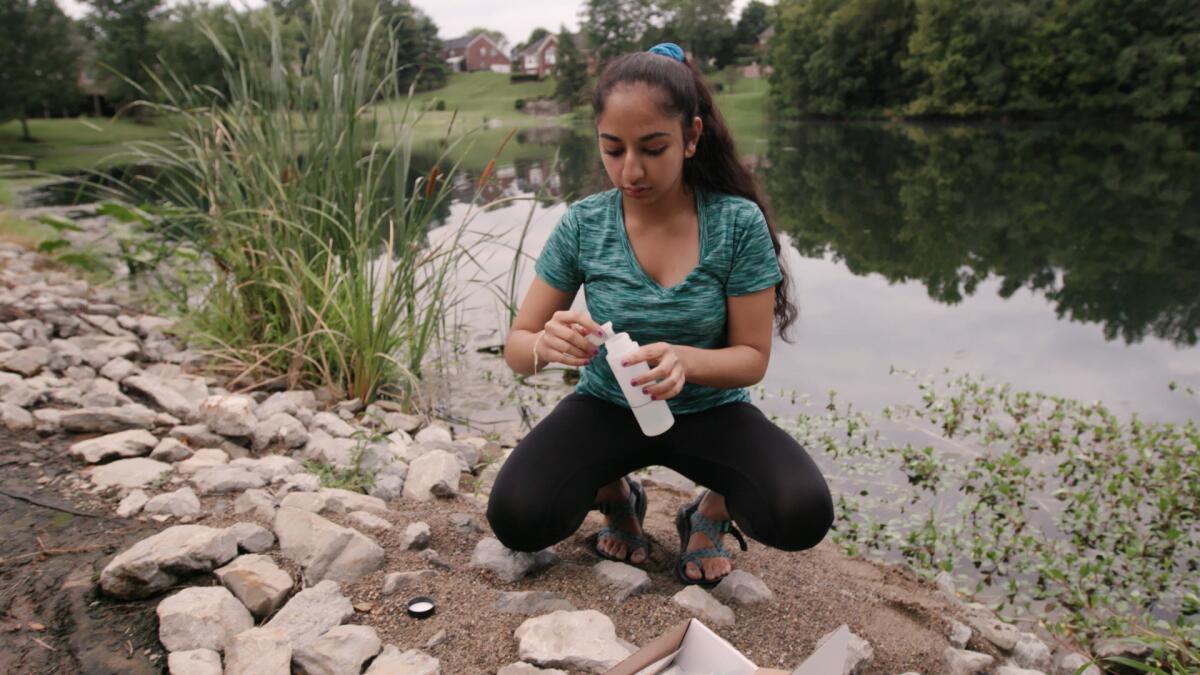
If “Science Fair,” by contrast, is what Sundance’s Libresco calls “a pure contest film,” that’s paradoxical because co-directors Costantini and Foster have day jobs as investigative TV producers for Fusion Media Group.
“Everything we’ve done has involved death, dying, drug cartels,” says Costantini. Adds Foster, “The last thing we worked on together was a documentary on opioid abuse, it was a tough story, and we both needed a break.
“When we took the idea to Fusion they sort of looked at us funny, like ‘what kind of shenanigans go on in a science fair?’”
When selecting the kids for their film, the directors wanted to cast a wide net, looking for, “kids who made us laugh and kids who made us cry,” Costantini explains.
These ranged from underdogs, like a team from a poor town in Brazil, to students from what Costantini calls “powerhouse schools, the Yankees of science fairs,” like Long Island, New York’s Jericho High School.
Also, as a child of immigrants, Costantini was immediately attracted to Kasfia, the only Muslim girl in an athletic powerhouse in South Dakota whose faculty advisor was the school’s football coach.
“She’s a quiet, soft-spoken girl, but the coach said that inside her is the heart of a lion,” recalls Foster.
Finally, then, from Sundance’s point of view the choice to include the two films was easy.
“We wanted to give them both a spotlight and a fair shake,” says Libresco. “They’re two extremely hopeful films, and we feel strongly we need these stories. We want them both to flourish.”
2018 Sundance Film Festival

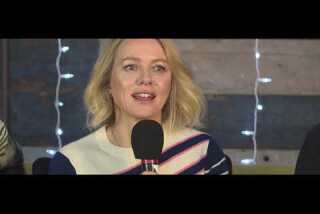
Video: Adapting 'Hamlet' for a woman's point of view in 'Ophelia'
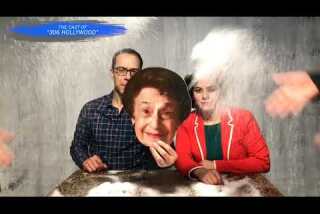
Video: 2018 Sundance Film Festival Boomerangs

Video: A behind-the-scenes look at the 2018 Sundance L.A. Times photo/video studio
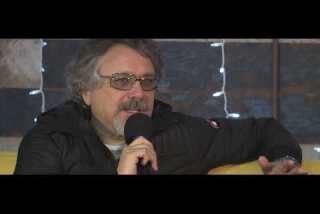
Video: The Kronos Quartet premieres its live documentary
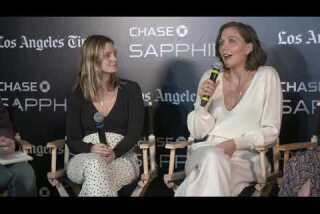
"The Kindergarten Teacher" shows something many movies don't
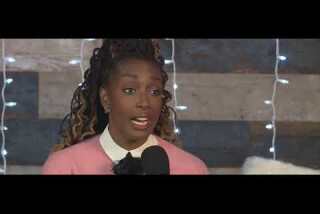
Video: Filmmakers share thoughts on the future of women in film, the U.S. and storytelling
FULL COVERAGE: Sundance Film Festival 2018 »
More to Read
Only good movies
Get the Indie Focus newsletter, Mark Olsen's weekly guide to the world of cinema.
You may occasionally receive promotional content from the Los Angeles Times.










